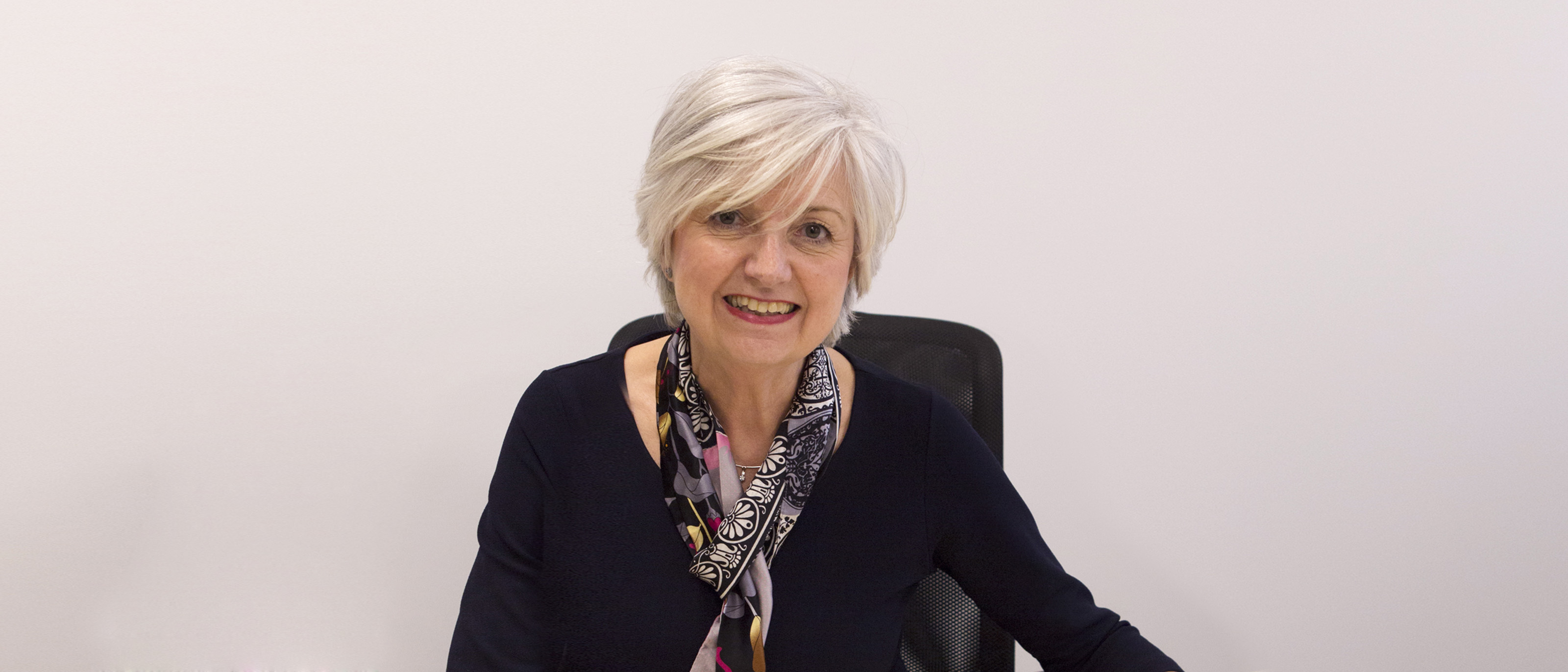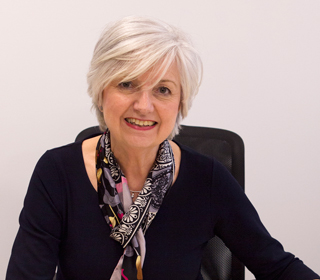Gabrielle Davits about Boswijk
Maintaining a vision, despite cutbacks
In "her" ideal nursing home Gabrielle Davits wished residents would be sensorially stimulated by nature and would feel completely at home. EGM nominated her For the Golden Pyramid, the prize for good commissioning.
Maintaining a vision, despite cutbacks. This is what client Gabrielle Davits, Board Member of the Van Neynselgroep achieved upon building Boswijk care home in Vught. Thanks to her perseverance, Boswijk became a care home as it should be: a place where dementia patients feel at home.
In Boswijk, a closed institution, the residents can go into the 'indeed closed off' countryside, have their own room in one of the twelve houses and, in the central area, they can 'walk up the street', go to the café or buy things in the shop. The fact that the street does not actually lead anywhere and is only accessible to the residents, family and staff does not detract from the country-like feeling.
Client's vision
In the year 2000, Gabrielle Davits, at the time Board Member of the Van Neynselgroep, could not have imagined what Boswijk would ultimately become. At that time, she realized that the 50-year old Boswijk with 107 beds was in need of renovation, because it no longer met the requirements of that time. However, the question was whether the current residents would receive a new building or that they would be divided between units in residential homes. Davits made a case for a new building, in particular because she found it important to increase knowledge of dementia at a time of an aging population. A larger location for all the 120 clients was more suitable in this respect than units divided over various care homes.
Davits made a case for a new building, in particular because she found it important to increase knowledge of dementia at a time of an aging population
Once a permit had been granted to build the care complex in the woods of Vught, Davits gave three architectural firms the assignment to contribute ideas for a new build care home. She emphatically did not want a readymade design, because the building had to be a co-creation, in which the Van Neynselgroep, the architect, the representatives of the clients and the staff would have a say. Neither did Davits have a fixed idea for a building, but she did have a vision about the new location. It had to be small-scale and look completely different to a traditional care home. It was the intention that the residents would be able to live their lives as they had previously, despite their dementia. Since they were no longer able to adapt well, the environment would have to adapt to them. In short: in Boswijk, the client had to be the main focus.
Choosing an architect
Davits searched architectural firms which linked as much as possible with her vision and she loved the presentation by EGM architecten, or rather, that of Victor de Leeuw. The fact that De Leeuw lay down flat on the ground in order to take a photograph of a toadstool in the woods of Vught was the deciding factor for Davits: it showed that he wanted to fathom out the area. She considered him capable of accomplishing the assignment. Meanwhile, at the request of the Van Neynsel management, the client board, the representative of the residents, had drawn up a document containing guidelines (not solutions) which the ideal care home should meet. The residents? senses had to be stimulated, for instance by being able to go into the countryside; attention had to be paid to their privacy; their own living environment had to feel homely; there had to be enough space to be able to walk round unaccompanied; the safety and health of the residents had to be safeguarded and the care home had to be easily accessible. The document became an important guideline for EGM architecten.
The concept: a different lifestyle for each house
EGM produced a concept where twelve houses, each with ten rooms, were grouped like a spider with twelve legs. Each house had its own living environment, for people from the city, from the country and from the Brabant aristocracy. These living environments were expressed in the furnishings: farmhouse rugs versus Chesterfield chairs. The central area was paved like a street with lanterns and street furniture and contained communal facilities such as a hairdressing salon, grand café, shop and fitness centre. All the single rooms in the twelve houses were linked and gave access to the garden. The upstairs part of the design was intended as office space for the staff.
Maintain vision despite budget cuts
During the design process, it became clear that there was less money available than originally budgeted. EGM came up with the solution to build the rooms, not linked to each other, but next to each other. That would mean so much less gable surfaces that the cost saving would be made with just this one change. Gabrielle Davits did not agree. In her vision, a straight gable was not in the interests of the residents, who were precisely the main focus of Boswijk. With windows on two sides, the outside world could come to them as it were, one of the guidelines advised by the client board. In addition, the linked rooms ensured a larger communal area in the houses, which could not be compromised either.
Project architects Chico Leu?ens and Victor de Leeuw of EGM architecten were pleased that Davits guarded the ideals of Boswijk like a hawk. In their opinion, this was a sign of good commissioning. All too often, they see that during times of cutbacks, a vision recedes into the background. Collectively, the client and the architect decided to cancel the office floor for the staff. The employees were given flexible workplaces in the common courtyard. Normally, in care homes there has to be a constant temperature of 21 degrees, which the fitter originally wished to adhere to.
This is the only thing that Davits would do differently, if she wanted to rebuild Boswijk. Apart from that, she considers Boswijk the ideal care home, which has been realized without exceeding the budget and without any noteworthy interference from the municipality or buildings aesthetics committee. Davits is aware that the environment plays an important role in this. Such a project could never have occurred in the city. The client council is also satisfied. Both the Van Neynsel management and the architects listened to their advice properly. As a result, a pleasant building has been realized where the residents can walk round freely and where they feel at home.
Living like you did at your home
Unfortunately, the residents cannot say anything more about this, but their behaviour says it all. From the very first day, they appear to have been used to the new building, while the staff was still trying to settle in. In Boswijk, there are no people waiting at the door until they are allowed to leave the building, but they can open the doors to the garden themselves to go and lie on the grass. Here, they do not live in surroundings with furniture unlike that at home, but they live in houses with the same furnishings that they are used to. Here, they do not sit passively in the restaurant until their meals are served but they peel their own potatoes and after the meal shake out the tablecloth on the street. And that the street is not an actual street, doesn't change the feeling.
Project: Boswijk nursing home

